Let’s be honest—if you grew up in the Southern U.S., chances are you’ve had a run-in with mayhaw jelly. Maybe it was slathered on a hot biscuit at Grandma’s, or maybe you eyed it suspiciously on a neighbor’s holiday table wondering, “What in the fruity heck is that?” Either way, this sweet-tart, jewel-toned jelly has deep roots and a whole lot of charm.
Now, if you’ve never tried mayhaw jelly, buckle up. This isn’t your everyday strawberry or grape jam situation. Mayhaw jelly is something special—wild, seasonal, a little tart, and completely delicious. Making it yourself isn’t just satisfying—it’s practically a rite of passage if you’re from the South. And if you’re not? Well, welcome to a delicious new obsession.
So whether you’ve got a bucket of mayhaws from your backyard or scored a bag at the local farmer’s market, I’m gonna walk you through everything you need to know. Let’s get jellin’.
What Are Mayhaws Anyway?
Mayhaw vs. Other Wild Berries
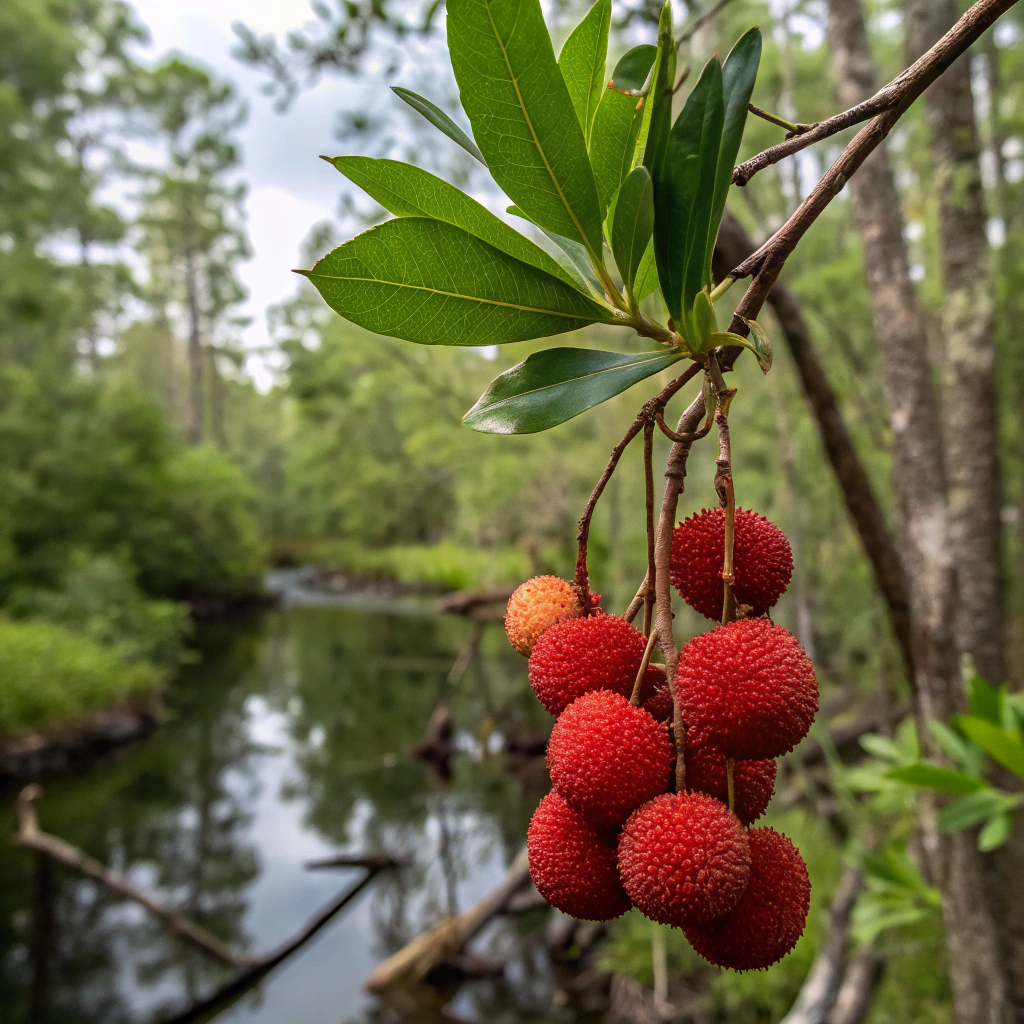
First things first: what exactly is a mayhaw? Sounds kinda mythical, right? Like a berry picked by fairies at dawn. But nope—it’s very real and very Southern.
Mayhaws are small, crabapple-like fruits that grow on hawthorn trees (yes, that hawthorn). They’re native to the Southern U.S., especially in states like Louisiana, Georgia, and Texas. Unlike other berries that grow on bushes, mayhaws dangle off trees like little red ornaments—just waiting to stain your shirt and make your day.
Compared to raspberries or blueberries, mayhaws are way more tart, which makes them perfect for jelly. They’ve got that bright, punchy flavor that begs for a little sugar—and boy, do they shine when you give it to them.
When and Where to Find ‘Em
Here’s the catch: mayhaws are picky. They ripen around late April to early June—just a short window when they’re ready for the picking. You’ll usually find them near rivers, bayous, and swampy areas. Translation: you may need boots. And maybe bug spray. But it’s worth it.
If foraging isn’t your thing (no judgment!), check out local farmers markets, roadside stands, or even small online sellers. Some communities even have mayhaw festivals—yes, that’s a thing—and those are prime spots to get your hands on fresh fruit or already-made jelly.
Ingredients You’ll Need
Before you go full jelly wizard, let’s talk supplies. Luckily, this recipe doesn’t call for anything wild—unless you count mayhaws, which technically are wild. Here’s what you’ll need:
Fresh Mayhaws
The star of the show! You’ll need about 4 cups of fresh mayhaws, which translates to roughly 2 cups of juice once you cook them down. Make sure they’re ripe—bright red, soft-ish to the touch, and not too bruised. If you’re using frozen mayhaws, no problem—just thaw them first.
Sugar & Pectin
We’re going classic here. You’ll need:
- 4 cups of granulated sugar
- 1 box (1.75 oz) of powdered fruit pectin
Pectin is your jelly’s best friend—it’s what helps it “set” and get that perfect spreadable texture. No one wants jelly soup.
If you’re trying to avoid commercial pectin, you can make your own using green apples or crabapples, but that’s a story for another blog post (or a brave heart).
Optional Flavor Twists
Feeling fancy? Add a teaspoon of lemon juice for extra brightness. Want a little herbal note? Try infusing the jelly with a bit of fresh thyme or rosemary (but don’t overdo it—you want the mayhaws to stay the headliner). A splash of vanilla can also add depth if you’re feeling experimental.
Step-by-Step: Making Mayhaw Jelly
Alright, apron on? Hair tied back? Let’s get sticky.
For a detailed breakdown of pectin vs. no‑pectin methods—including water‑bath guidelines—check the National Center for Home Food Preservation’s Mayhaw Jelly Guide.
1. Wash & Prep the Berries
Give your mayhaws a good rinse. They’ve probably spent time on the forest floor, or at the very least in some questionable swamp water. No judgment—we all start somewhere.
Pick out any leaves, twigs, or freeloading bugs. No one invited them.
2. Crush and Cook Down
Toss your cleaned berries into a big ol’ pot and add just enough water to barely cover them—about 2 cups of water for every 4 cups of berries. Bring it to a simmer and cook for 20-30 minutes, mashing the berries gently as they soften.
This is where your house starts smelling amazing—like wild fruit and sweet Southern summer.
Once everything’s nice and mushy, pour the mixture through a jelly bag, cheesecloth, or even a clean t-shirt (yes, seriously) to strain out the juice. Let it drip for at least a couple of hours—don’t squeeze it! You’ll make the jelly cloudy. Patience, grasshopper.
3. Add Sugar & Pectin
Measure out 2 cups of the strained mayhaw juice into a large saucepan. Stir in your pectin and bring it to a rolling boil over high heat.
Now add your sugar—all at once—and stir like your life depends on it. Bring it back to a full boil (one you can’t stir down) and keep it there for exactly 1 minute. No more, no less.
Turn off the heat and skim off any foam with a spoon. That’s just air and fruit bits—toss it or eat it warm off the spoon like a jelly rebel.
4. Test for the “Jelly Jiggle”
Alright, this part’s kinda magical. After your jelly has boiled and you’ve skimmed off the foam, it’s time to check if it’s ready to set.
Here are two super-simple ways:
- The Spoon Test: Dip a cold spoon into the jelly, let it cool for a few seconds, then tilt it sideways. If the jelly sheets off the spoon (instead of running off like syrup), you’re golden.
- The Freezer Plate Test: Pop a small plate into the freezer before you start cooking. When it’s time, drop a spoonful of jelly onto the cold plate and nudge it with your finger. If it wrinkles slightly, it’s set! If not, simmer a few minutes longer and try again.
It’s not rocket science, but it is a little like kitchen alchemy. Don’t worry—if it’s a little loose, it’ll still taste great. More on that below.
5. Jar It Up and Process
Time to jar like a pro! Sterilize your jelly jars by boiling them for 10 minutes, or washing them on the hottest setting in the dishwasher.
Ladle the hot jelly into your warm jars, leaving about 1/4 inch of space at the top. Wipe the rims clean (no sticky surprises), pop on the lids, and screw the bands on fingertip-tight.
Now, give those jars a proper water bath: place them in a boiling water canner, making sure they’re fully submerged. Boil for 10 minutes, then remove and let ‘em cool on a towel.
As they cool, listen for the sweet little pop of the lids sealing. Music to a jelly maker’s ears.
Tips & Troubleshooting
Even jelly pros (and grandmas) have off days. Here’s how to save the batch—or your sanity.
Not Set? What to Do
If your jelly’s more syrup than spread after 24 hours, don’t panic. You’ve got options:
- Use it as syrup! Seriously—over pancakes, waffles, or ice cream? Amazing.
- Re-cook it: Pour it back in a pot, add a bit more pectin (about 1/4 packet), bring it to a boil, and process again.
Sometimes it’s just humidity or undercooking. Jelly is fussy—but forgiving.
Too Sweet or Too Tart?
Taste is personal. If your jelly’s too sugary for your liking, dial it back next time. Try 3 cups of sugar instead of 4. Too tart? Add a touch of honey or even a splash of white grape juice to mellow things out before boiling.
Making It Chunky vs. Smooth
Traditional mayhaw jelly is silky smooth, but hey—rules are meant to be broken. If you want bits of fruit in there, just mash up some of the cooked berries and stir them in before jarring. It’ll be more of a jam hybrid, and honestly? It’s delish.
Creative Ways to Use Mayhaw Jelly
On Toast, Cheese, or Meat
Let’s start with the obvious: toast. Warm, crusty bread and mayhaw jelly? Absolute breakfast royalty.
But don’t stop there—this jelly can hang with the big flavors:
- Grilled cheese upgrade: Add a spoonful inside a sharp cheddar sandwich before grilling. Trust me.
- Cheese boards: Mayhaw jelly next to brie, goat cheese, or aged gouda? You’ll feel like a snack artist.
- Glaze for meats: Yep, this jelly works magic on pork tenderloin, chicken thighs, or even as a glaze for meatballs. Just melt it down with a splash of vinegar or mustard for a quick, punchy sauce.
Gift-Worthy Jars
Homemade jelly makes the cutest gift, especially when you dress it up a bit. Here are some ideas:
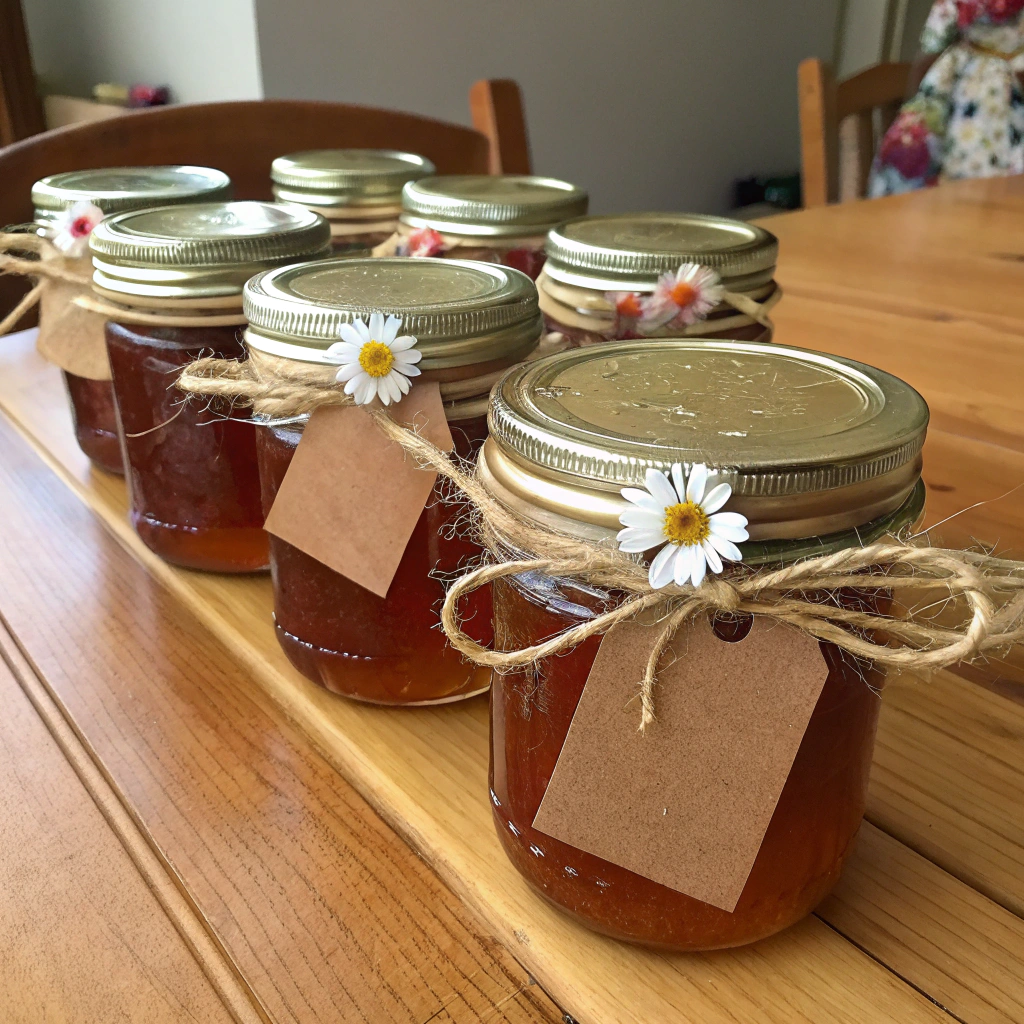
- Add a label with the date and flavor (bonus points for hand lettering or quirky names like “Swamp Gold” or “Southern Sunset”).
- Tie on a ribbon or some twine, maybe even a tiny spoon if you’re feeling extra.
- Include a recipe card suggesting how to use it—like a cocktail recipe or a baked brie idea.
Give it as a hostess gift, holiday present, teacher appreciation gift, or just because. People love edible gifts (especially when they come in adorable jars).
In Baking and Desserts
Don’t sleep on jelly in your desserts! Mayhaw jelly can step in for jam in thumbprint cookies, layer cakes, or even bars.
- Thumbprint cookies: Add a dollop in the center—so pretty and tasty.
- Jelly swirl cheesecake: Use it as a topping and swirl it into the batter.
- PB&J bars: Swap your usual jelly with mayhaw for a tangy twist.
Also… try it on vanilla ice cream. You’re welcome.
FAQs About Mayhaw Jelly
Can I substitute pectin?
Totally. If you’re avoiding commercial pectin or just want to go the natural route, you’ve got options.
Use green apples or crabapples: These fruits are naturally high in pectin. Just cook them down with your mayhaws and strain everything together. The jelly may have a softer set, but it’ll still spread beautifully.
Longer cooking method: You can simmer the juice longer to reduce and thicken it without added pectin. Just know it takes more time and may not set quite as firmly.
Either way, it’s a fun experiment—and pretty hard to mess up too badly.
How long does it last?
If you’ve properly sealed your jars with a water bath, your jelly should last up to 1 year stored in a cool, dark place. Once opened, keep it in the fridge and use it within 3–4 weeks (if it even lasts that long!).
If you skipped the canning process and just poured the jelly into clean jars, you’ll need to store those in the fridge right away and use them within a few weeks.
Can kids help?
Heck yes—with supervision. Here’s how they can pitch in:
Washing and sorting the berries (little hands are perfect for picking out stems).
Mashing the fruit (messy fun!).
Decorating the jars with stickers, labels, or even jelly-themed art.
Keep them away from the hot stove and boiling water, though. Jelly making is no joke when it comes to heat.
Can I freeze mayhaw juice?
Absolutely. If you don’t have time to make jelly right after berry season, just cook and strain your mayhaws to get the juice, then freeze it in airtight containers. It’ll keep for months, and you can make jelly when the weather’s cooler or when you’re craving a taste of summer.
What if I don’t have a canner?
No canner? No problem. A deep stockpot with a lid works just fine—as long as your jars are completely submerged in boiling water during the processing step. Just be sure to put a towel or rack at the bottom to prevent the jars from rattling around or cracking.
Can I double the recipe?
Tempting, but… not recommended. Jelly can get temperamental when scaled up. Too much liquid in the pot at once can throw off the timing, setting, and boiling. It’s best to do multiple smaller batches for consistent results. Think of it as an excuse to enjoy more jelly-making sessions!
Conclusion: Your Mayhaw Moment
And there you have it—your guide to making homemade mayhaw jelly, from berry to jar. Whether you’re reliving sweet Southern memories or tasting this tangy treat for the first time, making jelly is one of those wholesome, rewarding kitchen projects that just feels good.
Maybe it’s the nostalgia. Maybe it’s the satisfaction of hearing those little jar lids pop as they seal. Or maybe it’s just knowing you’ve got something on your shelf that didn’t come from a grocery store. Either way, it’s a tiny victory—and one that tastes fantastic on toast.
As a Southern Living article highlights, mayhaw jelly is a beloved tradition—even celebrated at Spring mayhaw festivals across the South.
So go ahead—share it, gift it, hoard it in the back of the fridge (we won’t tell). However you enjoy it, just know that you’ve kept a delicious Southern tradition alive, one batch of jelly at a time.
Quick Jelly Checklist 📝
Before we part, here’s a handy recap:
✅ 4 cups of fresh mayhaws
✅ Simmer and mash into juicy goodness
✅ Strain patiently (no squeezing!)
✅ Boil with pectin and sugar—then test for the jelly jiggle
✅ Ladle into sterilized jars
✅ Water bath for 10 minutes
✅ Listen for the pop
✅ Spread generously, gift lovingly, enjoy proudly
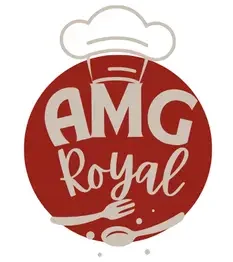
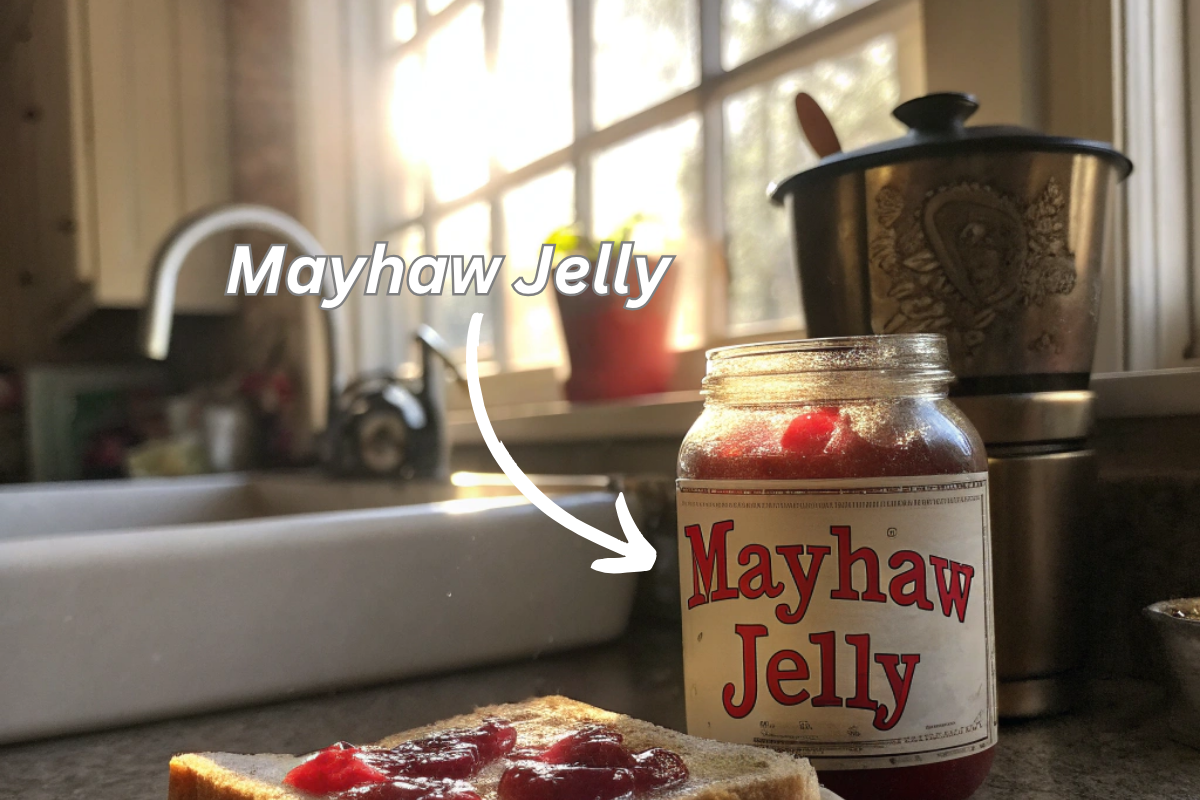
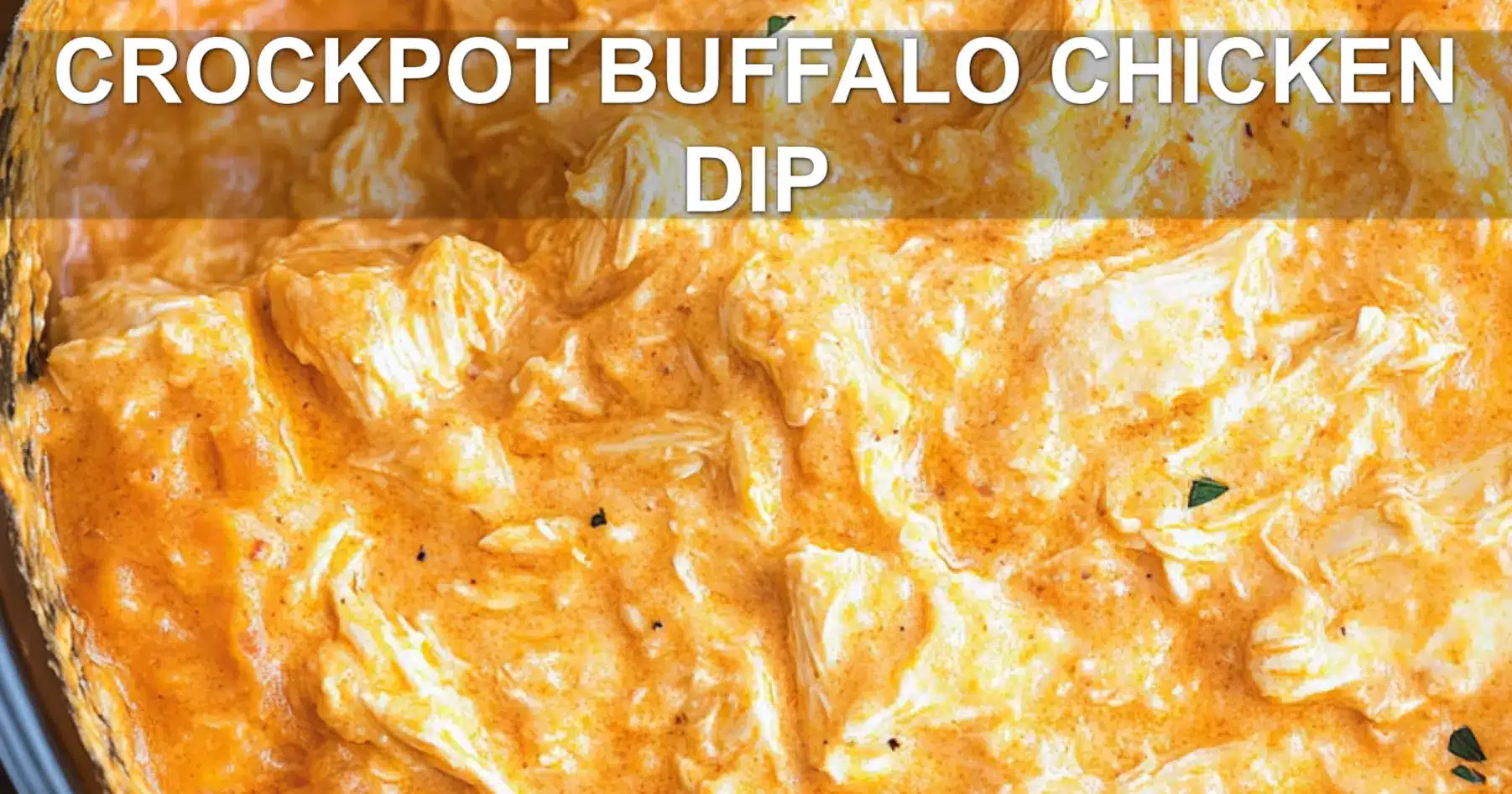
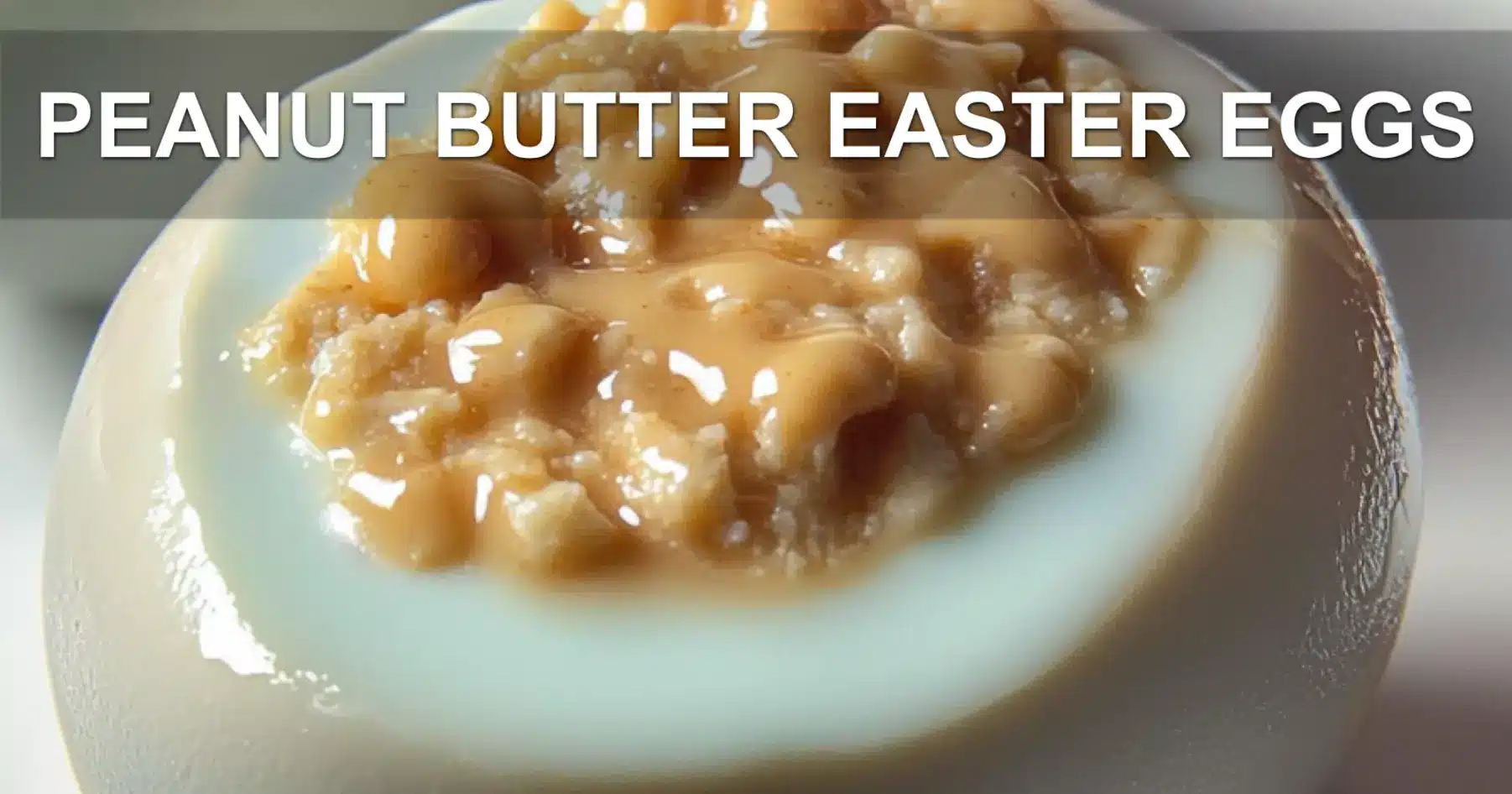




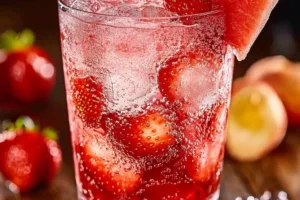


2 thoughts on “Mayhaw Jelly Recipe”